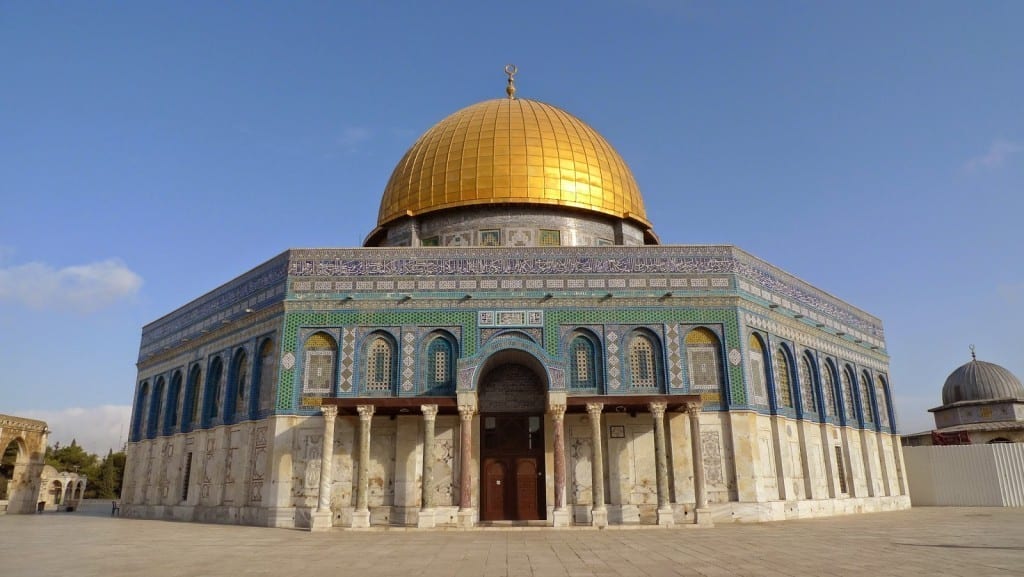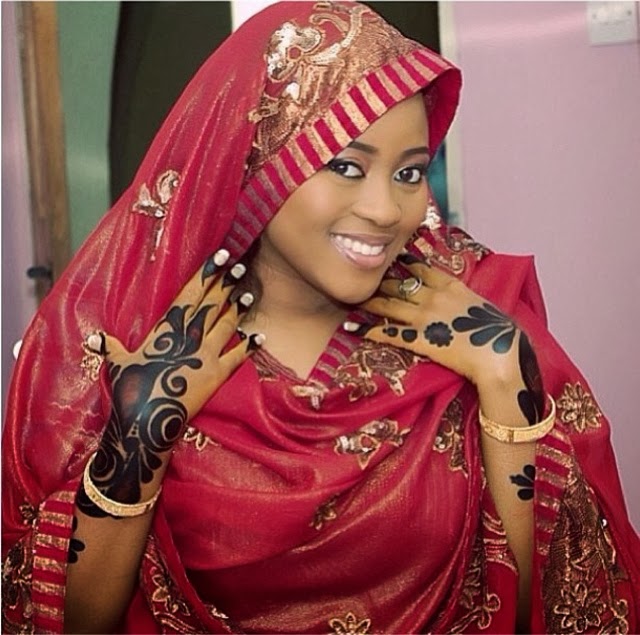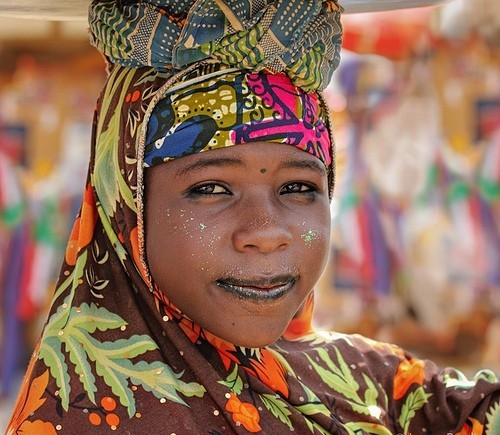The Hausa people or tribe are an ethnic group that lives in the northwestern region of Nigeria and the southern region of Niger. They speak Hausa language and mostly practice the Islamic religion.
Apart from the stereotyped characteristics of the Hausas virtually known to all, there are several other important and interesting facts you must know about them.
Quick Facts About Hausa People
| Population | Approximately 70 million in Nigeria and 86 million globally (as of the early 2023) |
| Primary Locations | Nigeria, Niger; significant populations in Ghana, Cameroon, Ivory Coast, and Chad |
| Language | Hausa |
| Religion | Predominantly Islam, with a history of indigenous beliefs |
| Economic Activities | Agriculture, trading, and craftsmanship; urban centers known for commerce and trade |
| Cultural Characteristics | Known for their music, arts, and elaborate festivals; distinct architecture in historical cities |
| Traditional Clothing | Men: Kaftan and Turban; Women: Babbar Riga, a flowing gown |
| Cuisine | Dishes like Tuwo shinkafa, Fura da nono, and Suya |
| Social Structure | Historically organized in city-states; strong emphasis on community and family ties |
| Historical Significance | The Hausa states were important trading centers in the trans-Saharan trade |
| Language Family | Afro-Asiatic, Chadic branch |
| Famous Historical Figures | Usman dan Fodio (founder of the Sokoto Caliphate), Amina of Zazzau (warrior queen) |
Where are Hausa people from?
The Hausa people are found in various parts of West Africa but they are believed to be indigenous to the Saharan Desert and have migrated from what used to be Nubia (northern Sudan) to Niger between 500-700 C.E. The tribe is made up of a diverse but culturally homogeneous people based primarily in the Sahelian and Sudanian areas of northern Nigeria and southeastern Niger, with significant numbers, also living in parts of Cameroon, Côte d’Ivoire, Chad, Togo, Ghana, and Sudan.
The greatest population of the Hausas are found in North-western Nigeria, an area known as “Hausaland,” followed by the ones residing in the adjoining southern Niger. Most of the towns and cities in Northern Nigeria are predominantly occupied by the Hausa People, since the Stone Age to the present age.
Countries with significant Hausa populations
| Country | Population |
|---|---|
| Nigeria | 69,200,000 |
| Niger | 13,400,000 |
| Ivory Coast | 1,100,000 |
| Cameroon | 1,040,000 |
| Ghana | 275,000 |
| Sudan | 80,000 |
| Benin | 36,360 |
| Eritrea | 30,000 |
| Togo | 21,900 |
| Algeria | 12,000 |
Total Population: 86 million
These cities and towns include Kano city, Kastina, Abuja, Bauchi, Birnin Kebbi, Lafia, Makurdi, Sokoto, Suleja, Yola Zaria, Furhia, etc.
Hausa Culture
The major religion of the Hausa people is Islam. Islam has been present in Hausaland as early as the 11th century. The Islamic population grew as the religion was brought by traders and Islamic preachers from North Africa, Borno, Mali, and Guinea.
Virtually all the Hausa people are of the Islamic religion. The Islam followers are known as Moslems and their practices are based on the teachings of the Prophet Mohammed, as recorded in their Holy Book, the Qur’an.
They hold their worship sessions in the mosque and have the practice of praying five times a day. They believe in the existence of the Almighty, Supreme God, whom they call Allah. The remaining minority practice traditional religion, belonging to some local cults.
Are Hausas Muslim?
Not all Hausa people are Muslims. However a majority of the tribe practices Islamic religion but a small population of Hausa called Maguzawa, mostly in rural communities, stallion mostly through their inter-worship spirits of nature. It is also known that the first Hausa people were pagan and Islam as a religion filtered through traders from the saharan region played an increasing role in society over time. The number of individuals who accepted Islam was probably small at first, and traditional religious beliefs and practices continued to exist.
By the 14th century, most ruling elites of Hausaland had converted to Islam although the majority of the population did not convert until the 18th century jihads. Much like the rulers of earlier Muslim states, the rulers of Hausaland blended local practices and Islam.
Architecture
The tribe usually build houses in styles that can be found throughout the Sahel region extending from Senegal and Mauritania in the West to Sudan in the east. The use dry mud bricks that have the shape of a cube for their structures. Their fences are usually constructed in parapet style, and the fronts of their houses most of the time feature traditional white plaster. The social elites among the tribe usually construct multi-storied buildings and sometimes they are painted in different colours that tell a story about the occupant or feature abstract designs.
Dishes
The most common food of the Hausa people include grains such as millet, rice maize or sorghum which are ground into flour for food popularly known as “tuwo” which can be eaten with a soup called taushe, kaka, dagedage, kuka, etc. Another great dish in this region is ground beans cakes called kosai or wheat flour fried and eaten with a sugar called funkaso. The beans cakes can also be eaten for breakfast with porridge and sugar called koko or kunu. Other frequent and treasured foods of the tribe include cow milk known as nunu taken with fura, suya, a spicy shish kebab, a dried version of suya known as kilishi. They also like porridge with soup and stew popularly called tuwo da miya. The stew and soup are made using sliced or ground tomatoes, onions, local pepper sauce called daddawa.
Dressing
The Hausa people have a very restricted dress code which is greatly due to their religious beliefs. The men normally wear large flowing gown known as Babban Riga and a robe-like dress with design, called Jalabia and Juanni. The men may or may not wear caps known as fula. The women are always covered in their wrappers called abaya, blouse, head tie, shawl and hijabs.
Hausa Marriage Rites
The Hausa traditional marriage is mostly based on Islamic rites, and is not as time-consuming or expensive as the Igbo and Yoruba traditional marriage ceremonies.
However, the process leading up to the marriage is slightly similar to what obtains in the other regions in Nigeria. When a man sees the woman he wants to marry, he has to, first of all, seek permission from her parents. The family of the bride-to-be will then conduct an investigation on the background of the man to determine his religious beliefs, ethics, moral and family customs, as well as every important detail concerning his upbringing.
The groom-to-be if approved by the woman’s family, is allowed to see her briefly but any form of physical contact, romance or courting before marriage is highly discouraged.
Once the woman accepts the marriage offer, the man sends his parents or guardians as well as elderly relatives to formally ask for her hand in marriage. In this visit, the man makes his intentions known openly while the would-be bride’s parents give their consent, an act known as Gaisuwais.
After this, the dowry bidding begins. They usually try to keep it as low as possible since they believe that a lower dowry attracts more blessings. The payment of dowry is known as Sadaki, after which the Sarana follows, that is, the act of fixing the wedding date. Then the wedding, called Fatihah comes, followed by the reception, known as Walima. These two events are organized depending on the decision of the two families involved.
Hausa Women
Hausa women are usually very beautiful and strong no matter the struggle they face. However, since their culture and religion somewhat regulate women’s modesty, the women are usually covered up with just their faces visible to the world. The women are often identified by their wrappers called abaya, blouse, head tie, shawl and hijabs. Majority of them don’t spend on makeup, spa treatment, other higher level kinds of self-care or visit the salon, yet they always stun.
The rich among them do spend on cosmetics but they are still modest in terms of their dressing. Since the tribe is highly gendered, the women are usually housewives and very submissive to their men. They are the ones to do the house chores including washing, cooking, cleaning, etc. They also don’t mind having co-wives. During events or ceremonies, women and children are usually the people that dance while their men play the music.
Hausa Language
The Hausa language has more first-language speakers than any other language in Sub-Saharan Africa. It has an estimated 35 million first-language speakers and 20 million second-language speakers. The main Hausa-speaking area is northern Nigeria and Niger.
Hausa is also widely spoken in northern Cameroon, Chad, Sudan and the Ivory Coast of Fulani, Tuareg, Kanuri, Gur, Shuwa, Arab and other Afro-Asiatic speaking groups. Hausa is written in Arabic characters, and about one-fourth of Hausa words come from Arabic. Many Hausas can read and write Arabic.
Many can also speak either French or English. Most Hausa speakers, regardless of ethnic affiliation, are Muslims; Hausa often serves as a Lingua franca among Muslims in non-Hausa areas.
Hausa Music and Movies
Hausa tribe plays different kinds of music with different instruments and to different people. However, the tribe’s music types are basically divided into two; rural folk music and urban court music. These two gave African pop music culture its basics.
The folk music includes the type of music that accompanies the young girls’ asauwara dance and the Bori religion. They feature trance music usually played with calabash, lute or fiddle.
The tribe’s ceremonial music is usually played as a status symbol and it can be heard at weekly “Sara”, a statement of authority by the emir which often happens every Thursday evening.
The court musicians focus on singing for the members of the upper or the ruling class, such as a sultan or emir. Such kinds of music are done with kettledrums and kalangu talking drums along with kakaki, a kind of long trumpet made from that used by the Songhai cavalry.
Some others are played for the wealthy class who can afford to pay, and ones which are played at the political functions and those that are played to entertain at the feasts or make young people dance. There are those primarily played for humor and they get people laughing through their amusing behaviors.
Likewise, Hausa people tend to showcase their values and beliefs through movies. The tribe’s movie sphere often referred to as Kannywood is a major part of Nollywood (Nigeria movie industry). The film industry is said to have started in 1990 and has produced more than a hundred movies since its inception. The movies are made in quite an interesting way to entertain without undermining the values of the tribe. Also, they are a good and easy way to learn not just their language but also their culture. Click here to learn how to watch them online for free.
How Can I Identify as a Hausa Man?
You can easily identify a Hausa man by their elaborate dress which is a large flowing gown known as Babban Riga and a cap called Hula. also known by various other names due to adaptation by many ethnic groups neighbouring the Hausa. Some Hausa men can also be identified by their facial marks. These marks are done by local barbers on the faces of the native people depending on the peculiarities of the nature and position of the marks
Where are Hausa People Found?
Hausa people are found mostly in the northwestern region of Nigeria and adjacent southern Niger. They constitute the largest ethnic group in the area, which also contains another large group, the Fulani, perhaps one-half of whom are settled among the Hausa as a ruling class, having adopted the Hausa language and culture.



